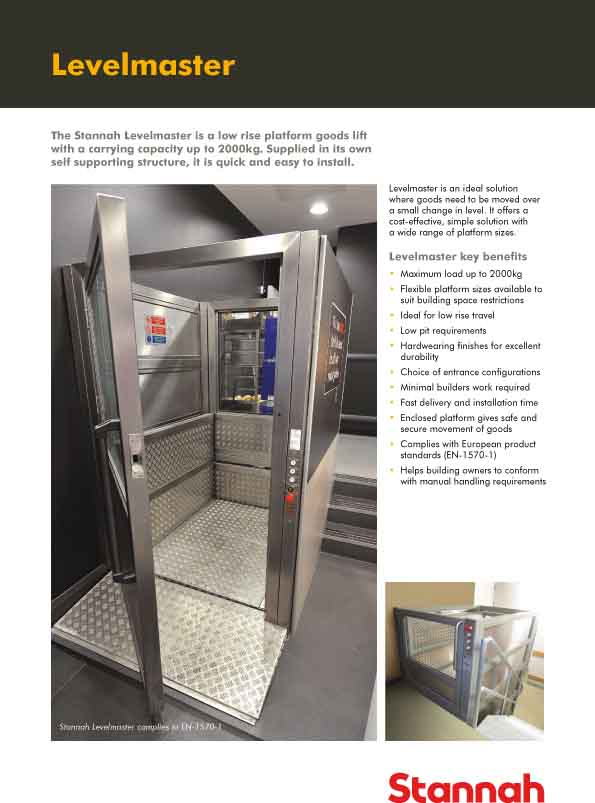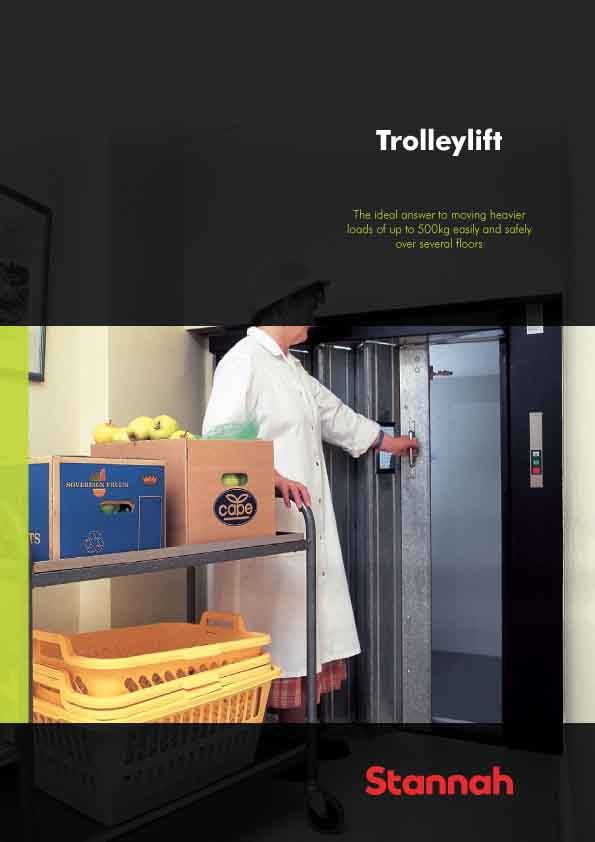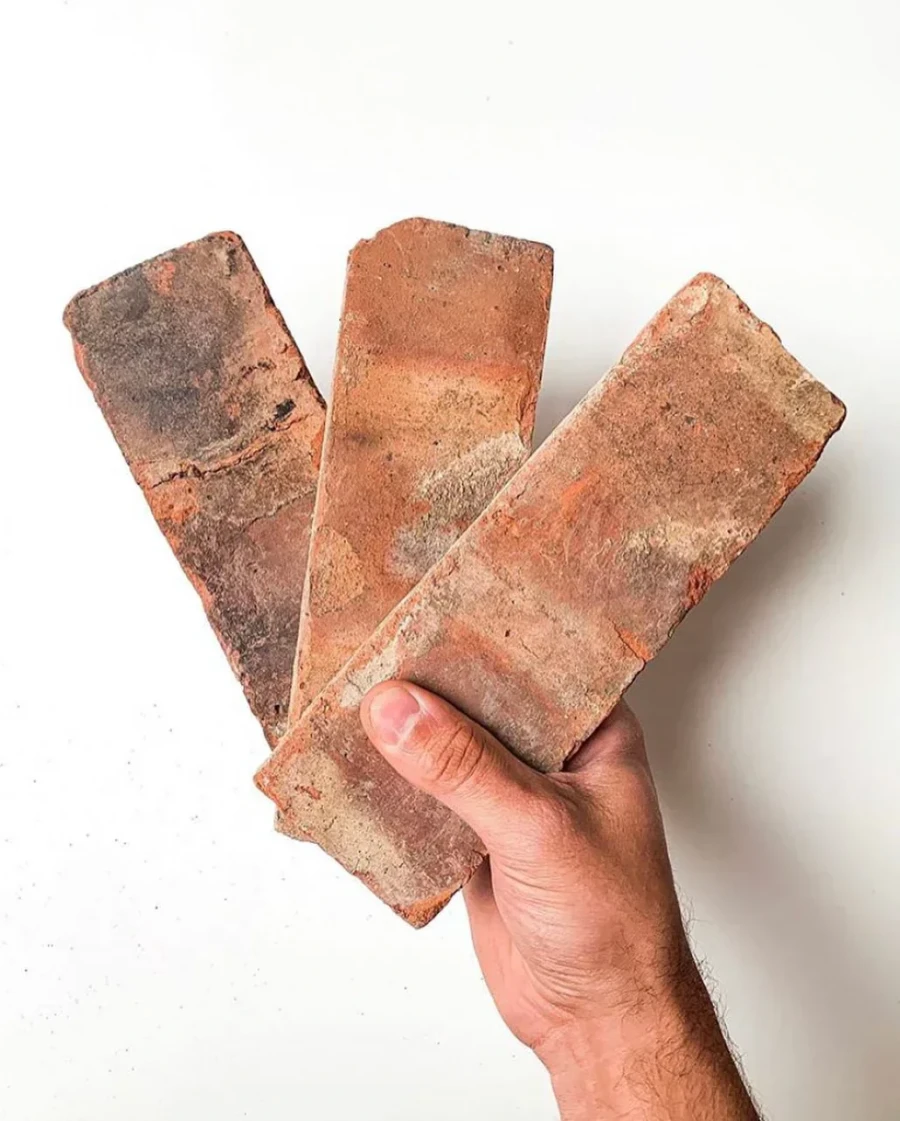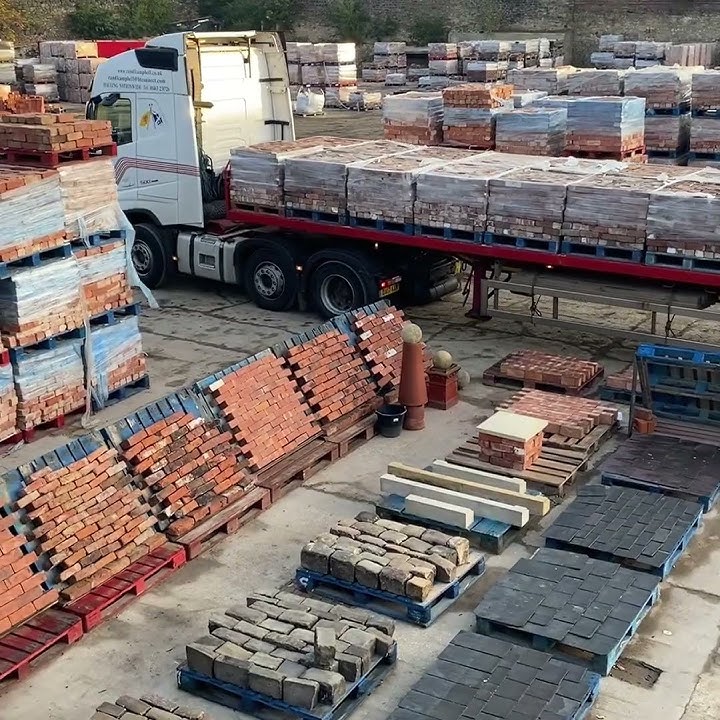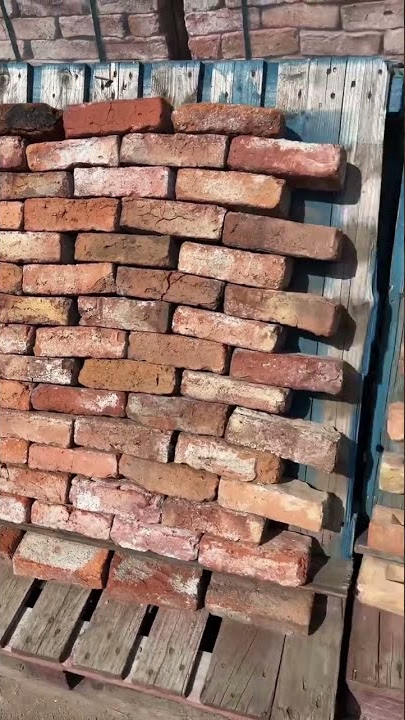The continuing buy-to-let boom, coupled with the shortage of houses for sale, means landlords have little choice but to buy properties which need work. But, warns RICS, they need to know what they are buying or their investment could turn into a liability.
RICS notes that demand for rental properties remains strong due to many would-be first-time buyers being unable to access the sales market, coupled with a shortage of properties coming onto the market - something that looks set to continue over the coming twelve months.
However, older properties could need a lot more than redecorating or a new bathroom to bring them up to rentable condition, making a fuller survey a worthwhile investment. Typical building or structural faults include dry rot, blocked drains, rising damp, fractured support beams and subsidence. According to the Building Cost Information Service (BCIS), private landlords could end up paying tens of thousands to resolve faults. For a four bedroom house, a significant damp problem could cost anything up to £28,000 to repair and prevent from happening again, while subsidence could cost around £24,000 to correct.
Costs to repair building faults
|
FAULT
|
PRICE (£)
|
|
|
|
|
Replace slate roof
|
|
|
Welsh blue slates. Complex roof
|
40,300
|
|
|
|
|
|
Ground floors are damp
|
|
|
Remove flooring etc and lay bitumen coated polyethylene
|
|
|
membrane to ground floor, reinstate screed etc
|
11,800
|
|
|
|
|
|
Internal walls are damp
|
|
|
Hack off plaster etc and apply asphalt tanking to full
|
|
|
height of ground floor walls and render, new skirtings etc
|
28,650
|
|
|
|
|
|
Timber floor is decayed
|
|
|
Replace timber tongued and grooved floor to ground floor
|
10,200
|
|
|
|
|
|
Subsidence
|
|
|
Underpin including removal and later reinstate soil
|
23,900
|
|
|
Source: BCIS
David Dalby, RICS Director of Residential, comments: “Landlords could be without a tenant for several months while repairs are being carried out and it could be even longer if subsidence is discovered.
“Estate Agents act for the seller and, even if they are NAEA or RICS members, they will not be able to advise purchasers on possible defects, and most of the time will be unaware of any issues with the property anyway. We are warning private landlords to know what they are buying and are advising agents to recommend surveys to all their clients.”
Landlords are advised to request a Condition Report, Homebuyer Survey and Valuation or a Building Survey from a RICS accredited surveyor before completing on a property. The Condition Report provides a basic overview of the condition of the property, highlighting areas of major concern. Homebuyer Survey and Valuation is most suitable for properties that are in reasonable condition. It provides a concise report detailing any significant problems that could make a difference to the value of a property. Building Surveys provide a detailed report on a property’s construction and condition, and is particularly useful if the property is dilapidated, has been extensively altered or if the landlord is planning a major conversion or renovation.
Condition Reports start from around £200, a Homebuyer Survey and Valuation will cost landlords around £400 with a Building Survey costing from £700.
David Dalby continues: “The cost of a survey is a small price to pay for peace of mind and will prevent landlords from being hit with unforeseen costs. Surveys can even be used to negotiate the sale price if any significant faults are discovered. Landlords who show surveys to insurers are also likely to benefit from lower buildings insurance premiums.
“RICS surveyors are closely regulated and are required to have professional indemnity insurance which helps to protect landlords if the surveyor fails to detect a fault which later becomes apparent.”
Landlords can search for a residential surveyor on the RICS website at: www.rics.org/findasurveyor.
For more information landlords should visit www.rics.org/site/download_feed.aspx?fileID=6087&fileExtension=PDF











